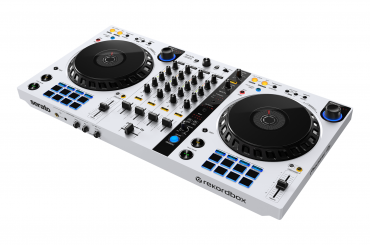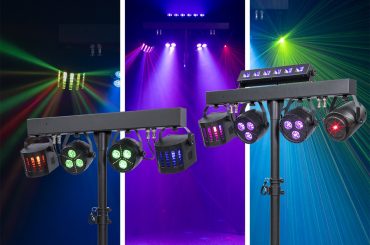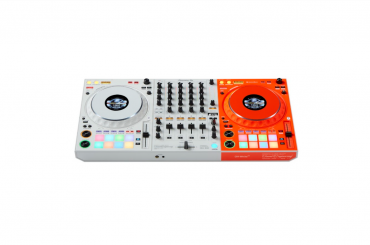It’s just not every day that we see a major new release of Ableton’s flagship product, Live. Heck, it’s not even every year.
In fact, it was over five years ago (by the time you read this in print) that the Berlin-based company shipped Live 9. And while, like most DAW makers, Ableton has offered incremental releases with significant new functionality in the intervening years, incrementing the version number on the left side of the decimal (with Ableton stretching out its hand for payment in-kind) has become a bit of a big deal to the Live faithful. Indeed, the release of Live 10 comes with certain expectations, and it would appear that Ableton has risen to the occasion by rolling out some dramatic improvements to its popular DAW.
One of the things about Ableton Live is that its capabilities are not always readily apparent; its streamlined interface belies its capability and depth. It also serves to mask the bulk of the enhancements that have been made to Live 10. Hoping to discover them on my own, when I got access to the beta version late last year, I decided to just dive in, both by opening existing Live 9 projects, and by creating new projects and just trying to find my way.
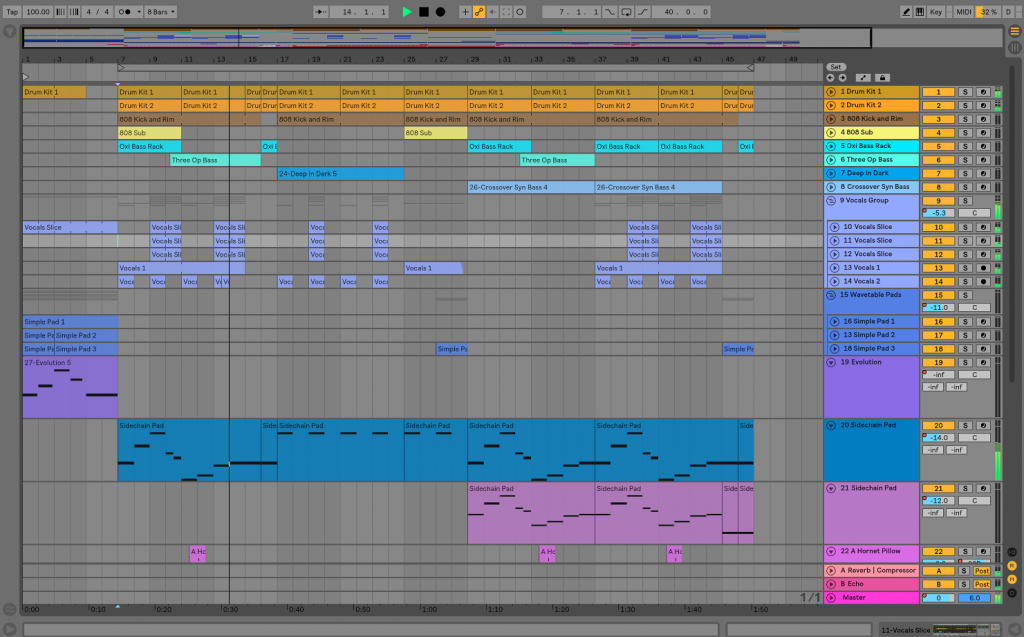
First Impressions: What I discovered in my testing is that Live 10 is both familiar — and different. That reaction begins from the moment you open the software; Ableton has given some spit and polish to the user interface that makes it feel fresh and modern, and yet totally recognizable. But as you work your way through typical workflows, things start to feel quite different.
Let’s take automation, for example; the usual methods to show and hide automation have changed, resulting in a certain amount of fumbling to figure things out. The appearance of clips is also strangely different; ah yes, that’s because fades are now visible and editable by default. Click around and adjust things, and suddenly you realize that things are snapping differently than before. Try to drag a clip, and you have to click it in just the right spot before it works. Even reading the complete list of changes leaves you unprepared for all the things that will snag you — sometimes pleasantly, other times not as much.
On balance, however, the changes are positive, useful, occasionally surprising, and sometimes frustrating that we didn’t get a feature long before now.
In working with Live 10 over the past several weeks, perhaps the most immediately useful addition I’ve personally experienced is MIDI Capture. This is Live’s new capability where it’s always listening when you’re playing, for instance, your MIDI keyboard. Stumble accidentally upon a melody or phrase you like? One click, and there’s the MIDI clip in a track, ready for manipulation. No need to be actively recording; just dabble, find inspiration, and know that Live has got your back.
On the “sometimes-frustrating” front, it’s nice to finally see Ableton Live get MIDI note chasing, something that’s been present in many of its competitors for quite a while now. For those unfamiliar, MIDI note chase allows you play a MIDI clip from a point other than the beginning and have all the notes sound — even if the note’s key down was earlier than the playback start point. No more long, sustained notes that don’t sound when you are looping a portion of a phrase and trying to tweak a melody or something. I’ve spent my fair share of time cursing Ableton over its absence.

Other Enhancements: Ableton has been working overtime, too, on adding more creative content to the product, and indeed, Live 10 has a number of new sounds and tools for creating them, notably the addition of a new dual-oscillator wavetable synth — somewhat logically called simply “Wavetable” — and an array of useful presets to go with it. It sounds great, the presents are well-thought-out and useful, and it’ll no doubt impress a lot of Live-heads.
Echo, a new modulation delay effect, has a pretty interesting approach to engineering and modifying delays, through its graphical visualizations. With dual delay lines, and control over envelopes and filters, you’ll find yourself having a good deal of fun with this one.
MIDI clip editing has seen a lot of attention in Live 10, most notably that users now have the ability to work with multiple clips at once. This makes it much simpler and more straightforward to deal with common, multitrack editing scenarios, like having to make a bassline and melody work better together, and so forth. You can select up to eight clips across multiple tracks, and easily see them together in the editing detail view. For ease of use, only one clip’s notes are editable at a time, but simply click a note from another clip to change the active one. I’ve already gotten a lot of good out of this addition.
The remainder of the enhancements in Live 10 are really a matter of perusing the “what’s-new” section of the manual. And speaking of, Ableton continues to buck trends by providing a well-written, thorough, logically arranged and visually appealing manual that’s available within the software as a PDF. That means it’s easy to throw it on your tablet for a little reading in bed, or as I prefer, when being held captive in a metal tube at 35,000 feet for longer than I’d like to be.
You’ll find those enhancements span editing, automation, navigation, mixing, file handling, user interface, and a range of other areas. But there are two that stand out.
First, Max for Live, the programmable toolkit for building devices, is now integrated within Live, vs. being a separate (but bundled) offering. Max for Live has had a cult following, it seems, and having better integration will no doubt improve workflows and the like for those who enjoy building their own customized capabilities.
Second, Ableton has rolled out a number of enhancements to its adjunct hardware, Push. While users of the newer Push 2 will see all of the new capabilities, even Push 1 users will benefit from some of them — and kudos to Ableton for continuing to support those who didn’t choose to upgrade when the attractive Push 1 trade-in program was active.
Perhaps the one surprising omission from the Live 10 feature list is support for VST3 plugins. This is sure to disappoint a lot of Live users. But as a Mac user and given the complications of 32-bit-vs.-64-bit support in plug-ins across formats, I decided awhile back to shift to AU (Audio Units) plug-ins for all new work. In hindsight, that seems even more like the right choice.
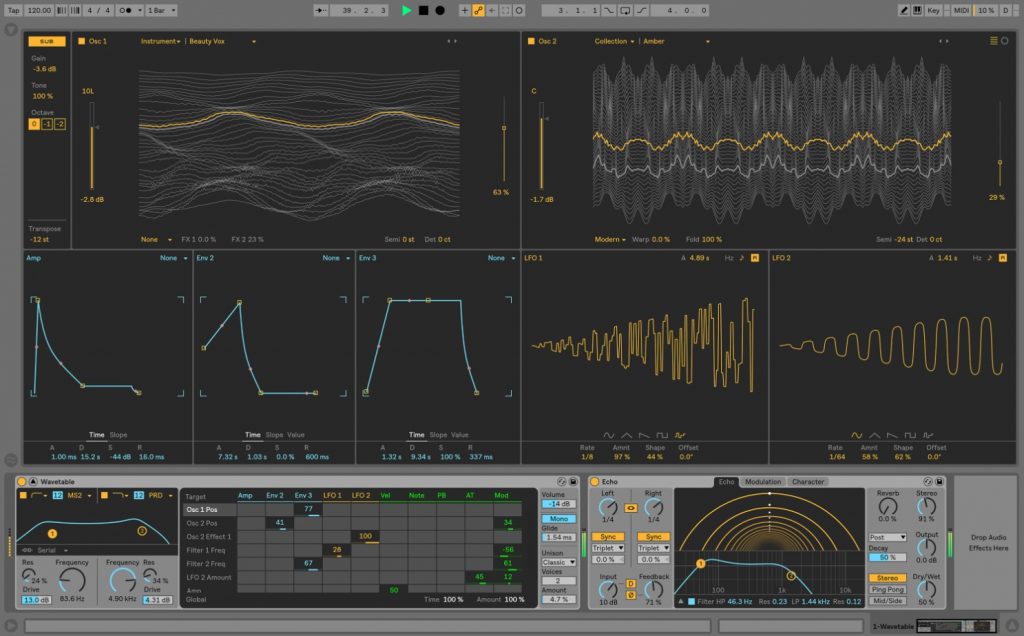
Conclusions: In closing, it’s worth nothing that Live 10 is available in three different editions: Suite, Standard, and Intro. Many of the improvements in Live 10 are available across all three, while some of the sound content and devices are limited to higher editions. Ableton offers a feature comparison on its website, so you can see which edition is the best fit and decide whether upgrading both version and edition might be your best bet.
Speaking of upgrades, Ableton is a bit cagey about its upgrade pricing; you’ll need to log into your Ableton account to see what your options and costs are, based on the license(s) you currently own. Suite users should find that the upgrade is under $300; for new purchases, pricing is $99, $449, and $749, depending on the edition chosen.
Is the upgrade worth it? For my money, the answer is yes. While I use several different DAWs, Ableton Live has long been my primary choice — the one I load by default when I sit down to work, and the one in which the lion’s share of my serious projects have been constructed. I’ve long valued its ease of use, intuitive approach, powerful feature set, and reliability — qualities that, despite the need to get used to some of the changes the new version brings, still exist in Live 10. In short, a really solid piece of software, not surprisingly, just got way better
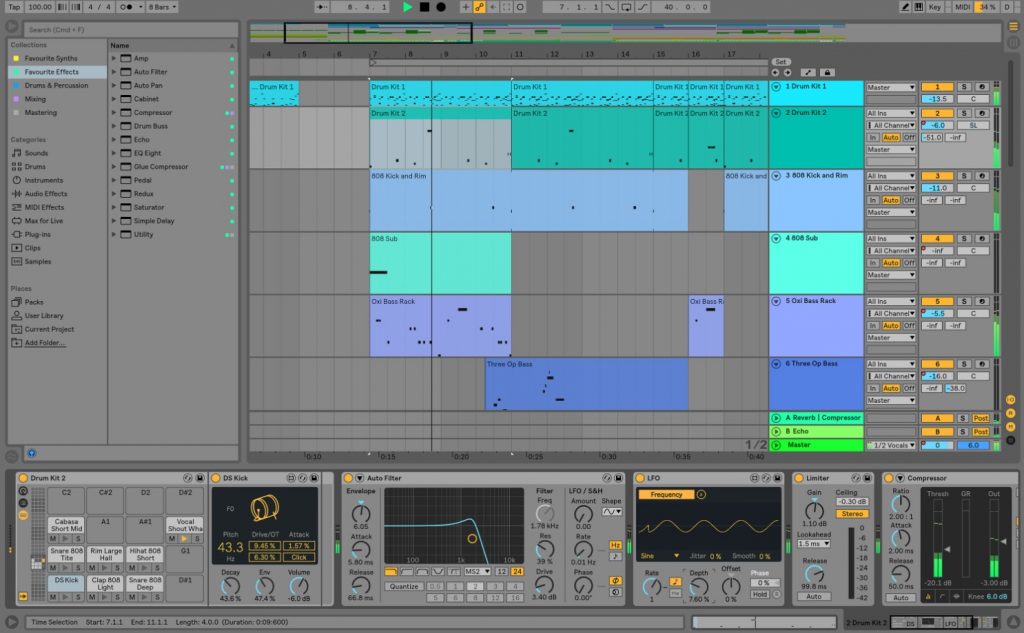
DAW Update: The Latest & Greatest
It seems that the DAW market has been intense lately. While late last year saw the announcement of the unfortunate winding-down of the entire Cakewalk operation, including Sonar, the company’s popular Windows DAW, others in the segment have been hard at work:
Propellerhead rolled out Reason 10 this past October, bringing some new synths to this popular and unique DAW, along with additional loops and samples to expand your creative options, and a number of smaller improvements.
Avid has introduced Pro Tools 2018, adding a number of tools to improve productivity, including useful track presets, and a capture mode that lets you improvise MIDI without hitting record – sound familiar?
BitWig 2.2 was also introduced late last year, introducing Ableton Link support, along with new devices and modulators, additional sound content, a new display profile, an on-screen keyboard panel, and numerous miscellaneous improvements.
Cubase 9.5 was also rolled out not long ago, with workflow improvements, automation curves, facelifts for certain bundled VST processors, and an array of other spit-and-polish upgrades.
Finally, Apple recently rolled a significant update to Logic Pro X 10.4, adding a cool “smart tempo” capability to keep content aligned regardless of original tempo, along with ChromaVerb (a cool new reverb processor), more sound content, new Drummers, and an entire laundry list of refinements. Even better? It’s a free update for existing users.





